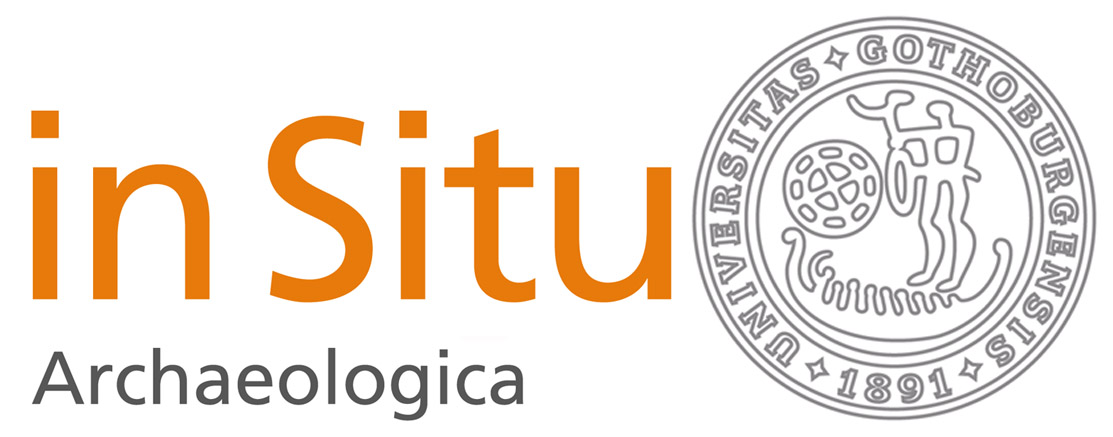Järnålderns bebyggelsearkeologi i backspegeln
DOI:
https://doi.org/10.58323/insi.v14.9319Abstract
The article aims at reviewing Iron Age settlement archaeology before the 1990s. This is done with special regards taken to ‘historism’, i.e. taking into consideration the knowledge and values at the time when the interpretations where made. Early settlement archaeology in Scandinavia regarded settlement development as ever continuous and expanding and starting with a few farms in the Early Iron Age. In the absence of settlement sites, place-names and cemeteries were used to indicate the settlements. This was possible since cemeteries, place-names and modern day’s farms were comprehended as a unit while situated at the same place. From the 1990s the settlements sites themselves, when discovered, revealed a different spread in the landscape as well as a development with both expansions and regressions. The article discusses the weaknesses and defects with the construction farm-cemetery (gårdsgravfält ) and with place-names when used in settlement archaeology.
Nedladdningar
Downloads
Publicerad
Referera så här
Nummer
Sektion
Licens
Copyright (c) 2020 Marianne Lönn

Det här verket är licensierad under en Creative Commons Erkännande 3.0 Internationell licens.
Författare som bidrar till In Situ Archaeologica har givit sitt medgivande att publicera sina artiklar under en Creative Commons-licens. Den ger tredje part vissa rättigheter till att nyttja materialet. Rättigheterna styrs av vilken licens verket är publierad under. Det åligger tredje part att sätta sig in i verkets creative common licens innan materialet används i eget syfte. Det är alltid författaren som har copyright till verket och allt nyttjande av tredje part förutsätter att ett tydligt erkännande ges till verkets upphovsperson, att en länk till licensen tillhandahålls.



